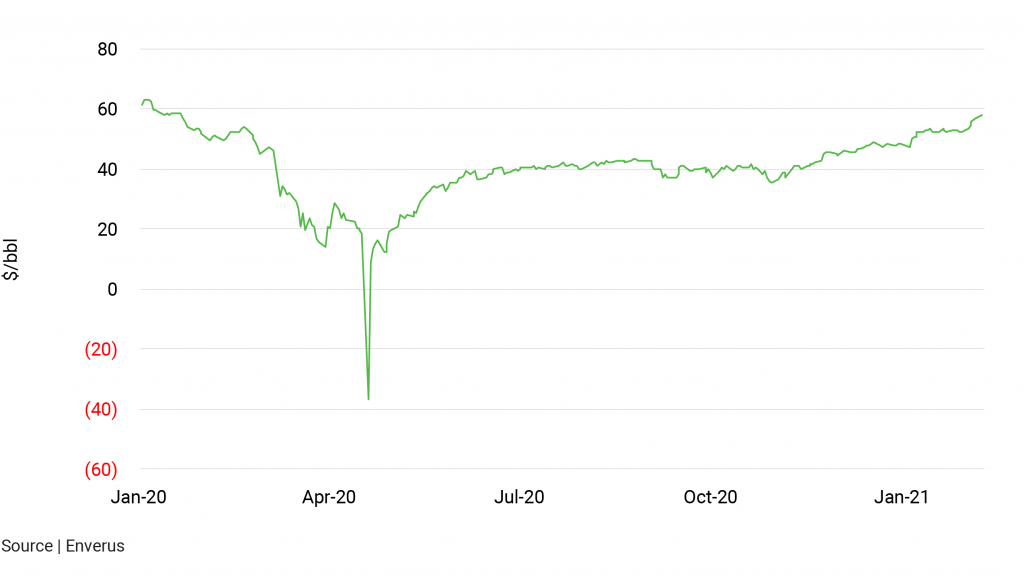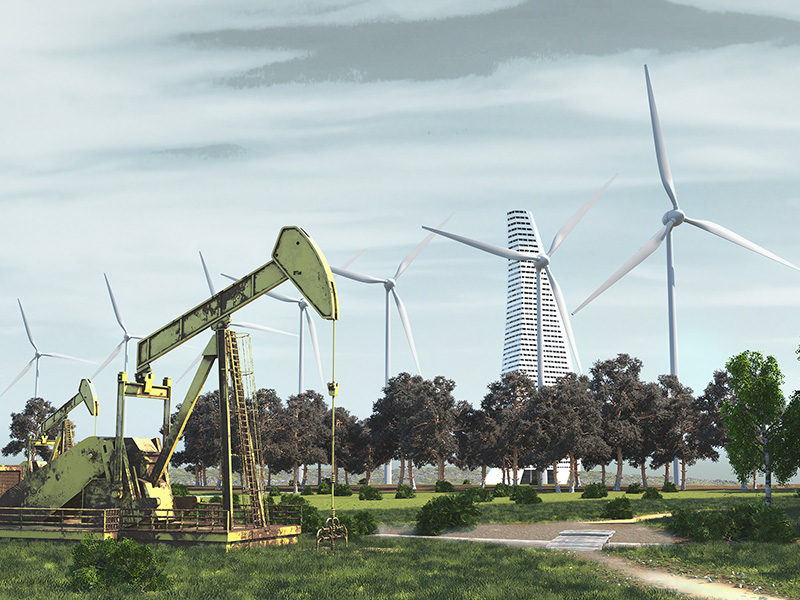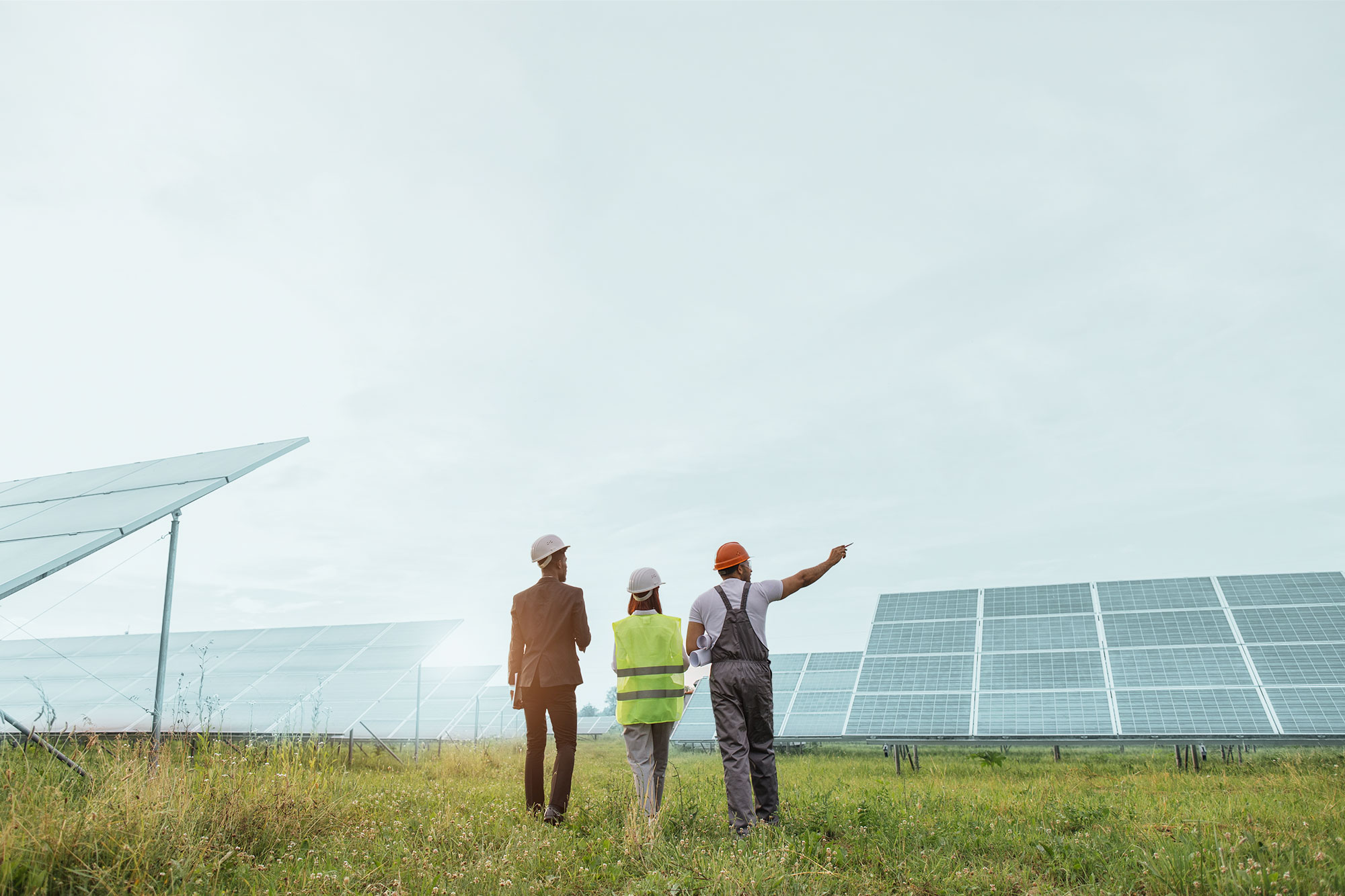Last year, oil demand contracted nearly 9 MMbbl/d as the global economy locked down under the COVID-19 siege. Oil prices swooned. The OPEC+ group responded with record cuts in output. With no one to sell to and facing increasing storage costs, non-OPEC producers shut in barrels, too.
These curbs in supply alongside a partial rebound in demand lifted prices off the mat during the second half of 2020 (Figure 1). The year ended on an optimistic note with the development and approval of effective vaccines against the virus.
Today, the turmoil has subsided. The price of Brent is more than $40/bbl higher than at its low point last year, vaccine programs are underway, the OPEC+ group continues to be judicious about the level of its collective production and U.S. liquids output is ebbing. Recovering demand and soft supply is a recipe for better prices, with Brent now flirting with $60. Market sentiment has turned the corner.
But let’s not get too complacent. While the worst of the devastation wrought by the pandemic on the global economy and oil market may be behind us, wolves still hover at the edge of the forest. And any one of them could spoil the picnic.
Wolf #1 is Iran. Nearly 2 MMbbl/d of this country’s liquids production is currently offline because of U.S. sanctions. The Biden administration has said it has no plans to loosen sanctions without Iran returning to compliance under the 5+1 deal. However, the president and his team are also preoccupied with domestic matters. Iran’s leaders may see this as an opportunity to unleash their fettered barrels unilaterally. The previous time Iran emerged from sanctions, it was able to restore production to prior levels fairly quickly; there is no reason to expect a different result this time around. Besides undermining near-term prices appreciably, a return to the market in a precipitous way would challenge the collective resolve of the OPEC+ group to restrain its own output.
The ongoing stability of the latter is Wolf #2. The OPEC+ oil ministers were unable to reach a consensus at last month’s meeting, instead awarding Russia and Kazakhstan special treatment. Concerned about demand growth, Saudi Arabia unilaterally decided to cut its production an additional 1 MMbbl/d in February and March relative to its assigned target. Clearly, cohesion is at a low. This matters greatly because the group is still withholding some 5 MMbbl/d from the market, supporting near-term prices. Looking farther out, our projected market balances indicate continued production restraint from the group will be needed to prevent prices from back sliding in the face of renewed growth in short-cycle production, including from the U.S. shales. This would be on top of the challenge of contending with Iran’s return to the field.
The third wolf stalking the world oil market lurks on the demand side. In the near term, we currently project a surge in global oil consumption later this year as vaccinations pick up and economies regain momentum. The emergence of new strains of the virus and the potential for new widespread lockdowns amid waves of more vaccine-resistant infections could delay this response. As well, today’s reinvigorated global push towards less carbon-intensive energy usage will bring stiffer head winds to oil demand growth in the medium-to-longer term. We currently expect demand to peak at mid-decade and shed 3 MMbbl/d by 2030.
What, if anything, could shoo these wolves from the door?
In the case of Iran:
- A decision by its leaders not to test U.S. patience through sanctions busting outside a deal, followed by a gradual restoration of production as part of a new multilateral agreement.
In the case of OPEC+:
- A bumble along in the near term;
- The accommodation of a gradual return of Iran in the medium term; and
- Agreement to maintain the role of central banker to the global market in the longer term, carrying gobs of spare capacity along the way.
In the case of oil demand:
- Optimism about vaccine distribution and employment recoveries proves to be warranted in the near term; and
- Concerns about structural headwinds on oil demand prove to be unfounded in the medium-to-longer term. For example, material constraints on battery production (e.g., nickel) inhibit the widespread adoption of electric vehicles; the global economy goes into hyperdrive thanks to unprecedented monetary and fiscal stimulus in the advanced economies that lifts all ships; revolutionary and rapid progress is made in carbon capture technologies, giving more breathing space to more carbon-dense fuels.
And then there are those predictably unpredictable black swan events that could upend things, such as the Abqaiq attack in late 2019 – which turned out to be a non-event, after all. Given our outlook for the medium- to longer-term fundamentals, however, it seems a fairly hefty swan will need to waddle into view to nudge a fundamentally bearish market towards a sustainably more bullish one.
FIGURE 1 | Brent Crude Price









